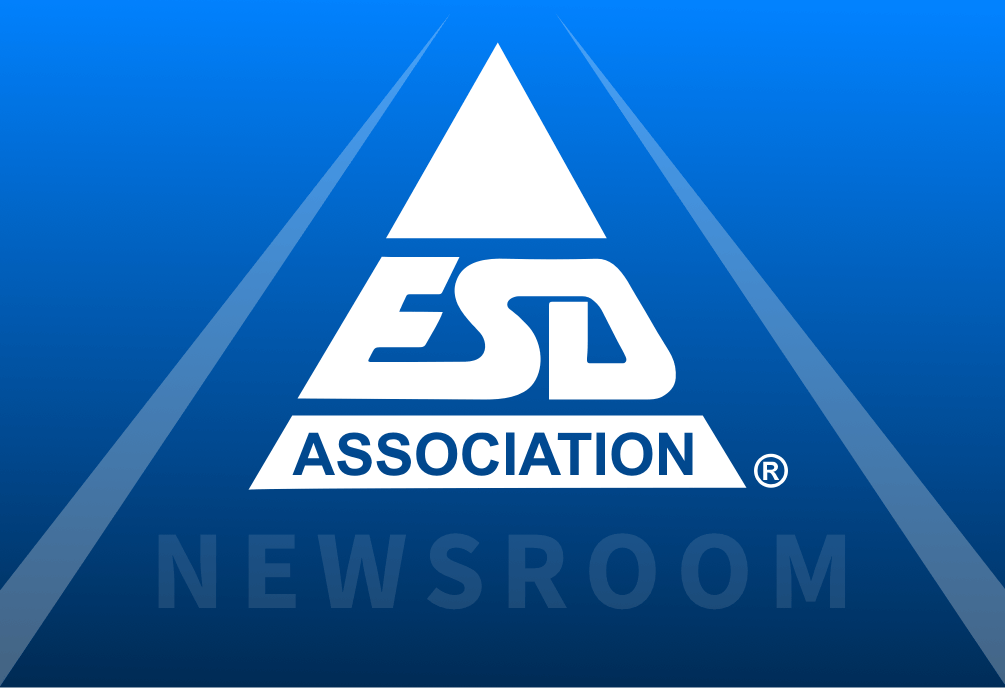Are ESD & ESA Controls in place in Semiconductor Wafer Fabs?
Is your semiconductor fab certified to S20.20? If yours is like most fabs, the answer is likely no. This is because the ESD controls needed in the front-end fabs are different from the back-end processes for which S20.20 was primarily written.
Several semiconductor fab representatives have stated that their customers have requested that they provide proof and/or certification that their established ESD/ESA control program is sufficient for their respective semiconductor manufacturing processes. Wafers, as they are being built, are typically more susceptible to electrostatic attraction (ESA) of particles than to damaging electrostatic discharge (ESD). However, they can still be damaged by ESD events, particularly those with the extreme energy seen when no static control principles are applied. In some cases, electrostatic fields in excess of 20,000 volts can be found in wafer fabrication facilities when no static control principles are used. Attenuation of these fields can reduce not only the risk of damaging ESD events but also a reduction of ESA onto critical surfaces.
As the wafers near final processing and move to back‑end assembly operations, the focus on static control becomes more important for ESD than for ESA, although controls for both may still be needed. Many of these controls reduce the risk of ESD damage. The primary method to remove charge from conductive materials is by grounding them. While sounding simple initially, this can be more complicated as one digs into the details.
Examples of common conductors that should be grounded are tool surfaces and stainless steel tables. What may be less obvious is conductive wafer-handling robots that move and may be more difficult to ground. Other less obvious items are static dissipative materials used as part of tool surfaces, wafer carriers, FOUP’s, etc. Static dissipative items such as these must be grounded similarly to conductive materials to bleed off any accumulated charge.
Another conductive item is personnel. In wafer fabrication facilities, unless personnel are directly involved in handling product, grounding may not be as critical, but many other considerations need to be evaluated. When it is needed, the grounding of personnel can be best accomplished through the floor/footwear system. In addition, the floor must be conductive or static dissipative and designed to work with the footwear chosen to ground personnel.
One of the largest problems seen in wafer fabrication facilities is the prevalent use of charge-generating and charge-accumulating insulative materials. Materials inert to the many chemicals used in wafer processing are needed in many processing locations. Many of these materials are insulative and will accumulate significant charge when moved or handled. The best solution, if possible, is to re-engineer the items with materials that are static dissipative. If they are made from static dissipative materials, the grounding of the items will need to be considered. Windows in tools and Equipment Front End Modules (EFEMs) have traditionally been made from acrylic and similar materials and charge significantly when touched. Static dissipative versions of these materials are available and becoming more prevalent in these applications. However, many static dissipative materials may not be clean enough for ultra‑clean wafer processing. In addition, the wafers themselves will have insulative features that can attract contaminants through ESA. The best solution for these situations is to provide sufficient air ionization to neutralize the charge on insulative materials and the wafers being processed.
Many different forms of ionization are used in wafer fabrication facilities for ESA and ESD control. EFEMs typically will have ionization bars installed in the air stream above the wafer‑handling robots. Room system ionization is utilized in many wafer fabrication facilities in the manufacturing areas to control the charge on wafers and other insulative materials. In addition, room system ionization is sometimes used in the gowning rooms to reduce the charge on garments and airborne particles to prevent dragging contaminants into the cleanroom on personnel. Likewise, equipment transfer rooms may have ionization present (room and/or local blow-off ionization) to assist in ensuring that the material coming in through these rooms is as clean as possible before entering the cleanroom.
One of the current requirements in ANSI/ESD S20.20 is that the offset voltage of all ionization must be less than ±35V. This requirement stems from the need to control voltage on ungrounded conductive items. It should be noted that in most cases, this requirement is not needed in front-end semiconductor wafer manufacturing, and the benefit of using room and in-tool ionization that may not meet the ±35V requirement far exceeds not using ionization.
The EOS/ESD Association is currently working on a document about the challenges to ESD/ESA controls in a semiconductor fab. Besides the ESD/ESA controls listed above, it will also address topics in the fab such as contamination control, reticle handling, open cassette vs SMIFF/FOUP carriers, wafer backside power processing, and 2.5D/3D bonding.
